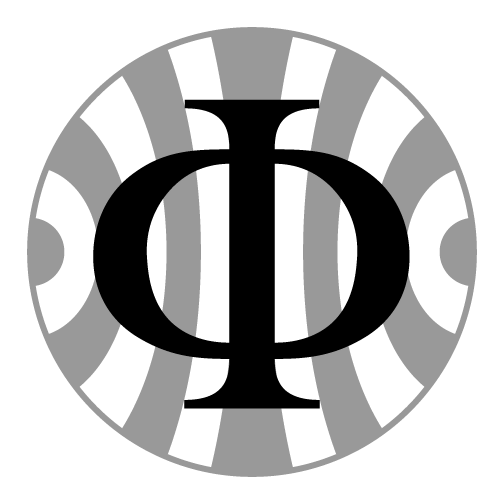HGSFP 39th Graduate Days



Particle detectors are fascinating devices used to measure the characteristics
(energy, trajectory,
identity, abundance) of the multitude of particles existing in our universe
and produced
in collisions at accelerators. Progress and discoveries in nuclear and
particle physics
are made possible by experimental devices which are constantly developing and improving.
After a brief reminder about the fundamental interactions of particles with
matter
(it never hurts!), I will present some of the particle detectors operating in,
or in
construction for experiments at high-energy hadron colliders (from the LHC to
FAIR,
and possibly thinking of a Future Circular Collider).
We will discuss:
semiconductor detectors for very high resolution track and vertex
reconstruction (from microstrips to monolithic active pixels)
gas detectors for large acceptance tracking and particle identification
(from a Time Projection Chamber to straw trackers for fast readout)
other techniques for particle identification (based on Cherenkov and
transition radiation)
basic concepts of calorimetry to measure very high energy particles (up
to TeV muons at the FCC)
My goal is to concentrate on the working principle and function of the various
devices
(limiting the details on technical aspects), to understand well how many
different
detectors get combined in modern and future high-energy experiments to cover
wide-scope physics programmes. By the end, we might discuss how to design our own experiment!
The lectures are addressed to both students with interest in experimental
physics (also from
areas other than high-energy colliders) and theorists!
Lectures:
Day 1, October 9: Interaction of radiation with matter (slides)
Day 2, October 10: Gaseous detectors (slides)
Day 3, October 11: Semiconductor detectors (slides)
Day 4, October 12: Electromagnetic and hadron calorimeters (slides)
Day 5, October 13: New detectors under development
(slides) and an overview of ALICE ("old" slides)





